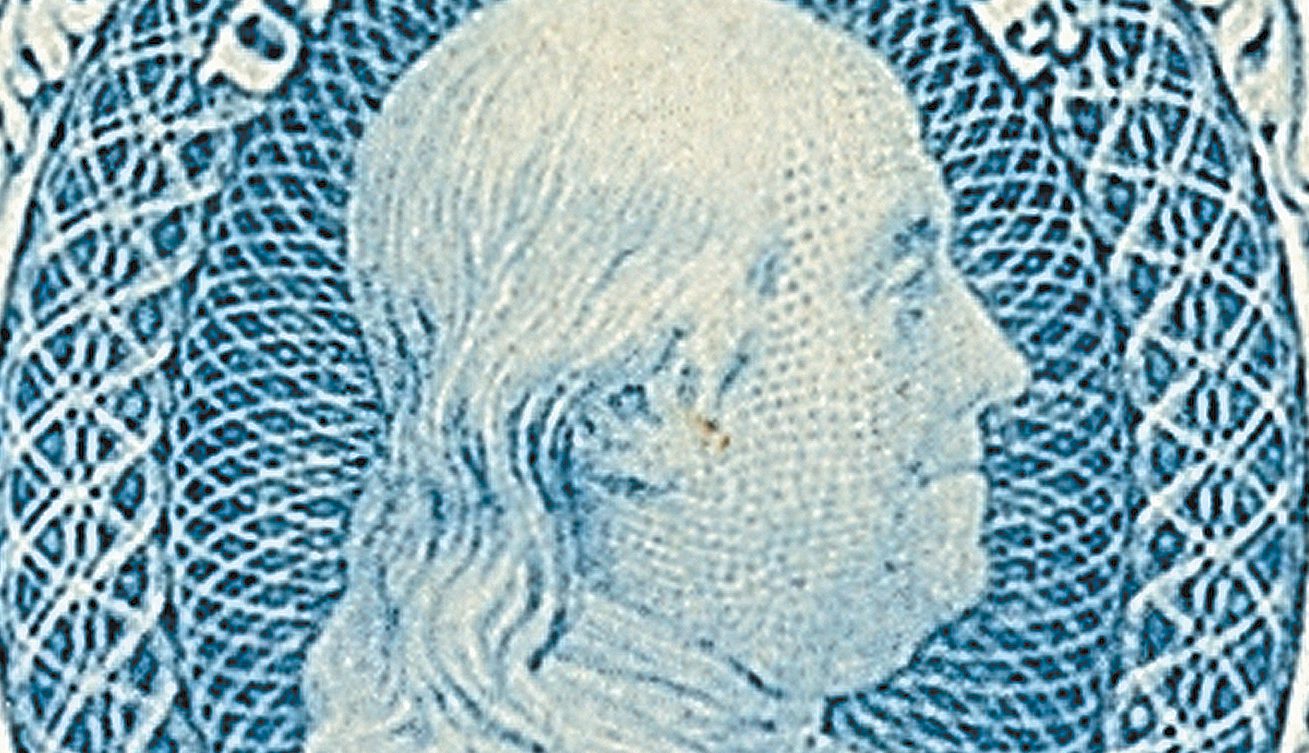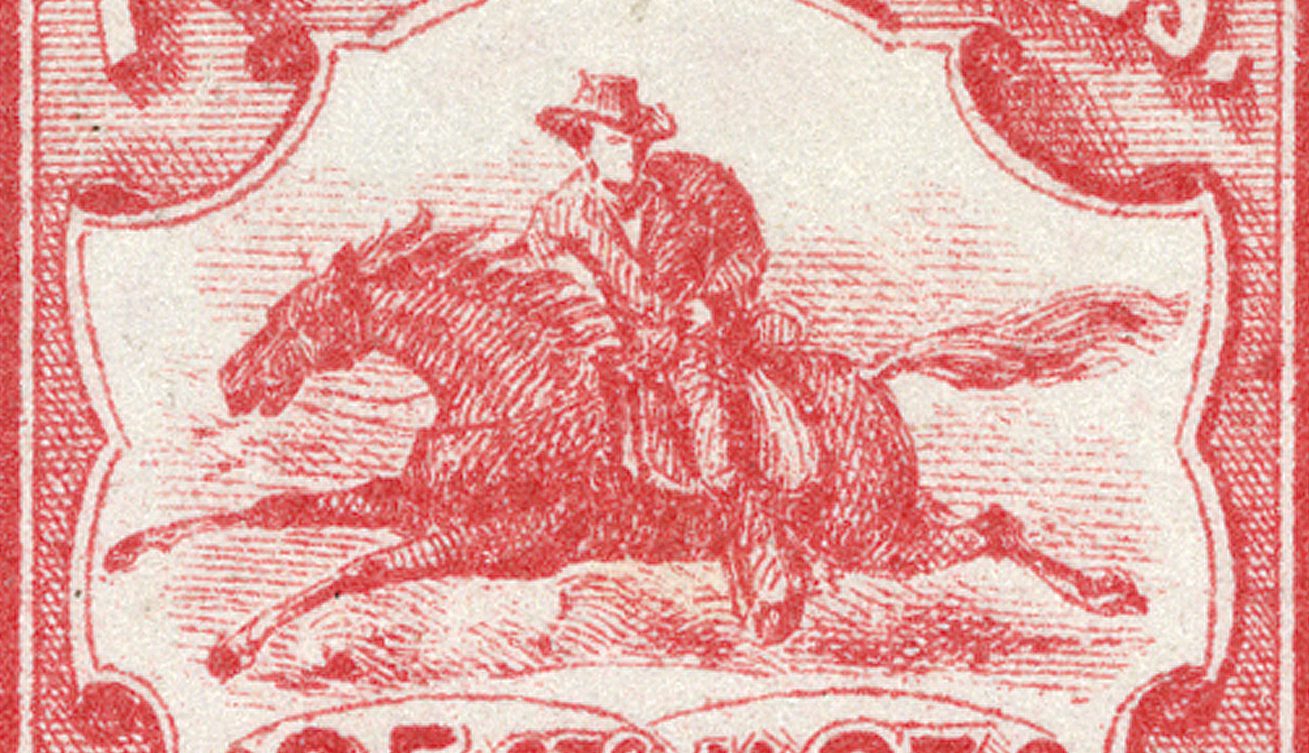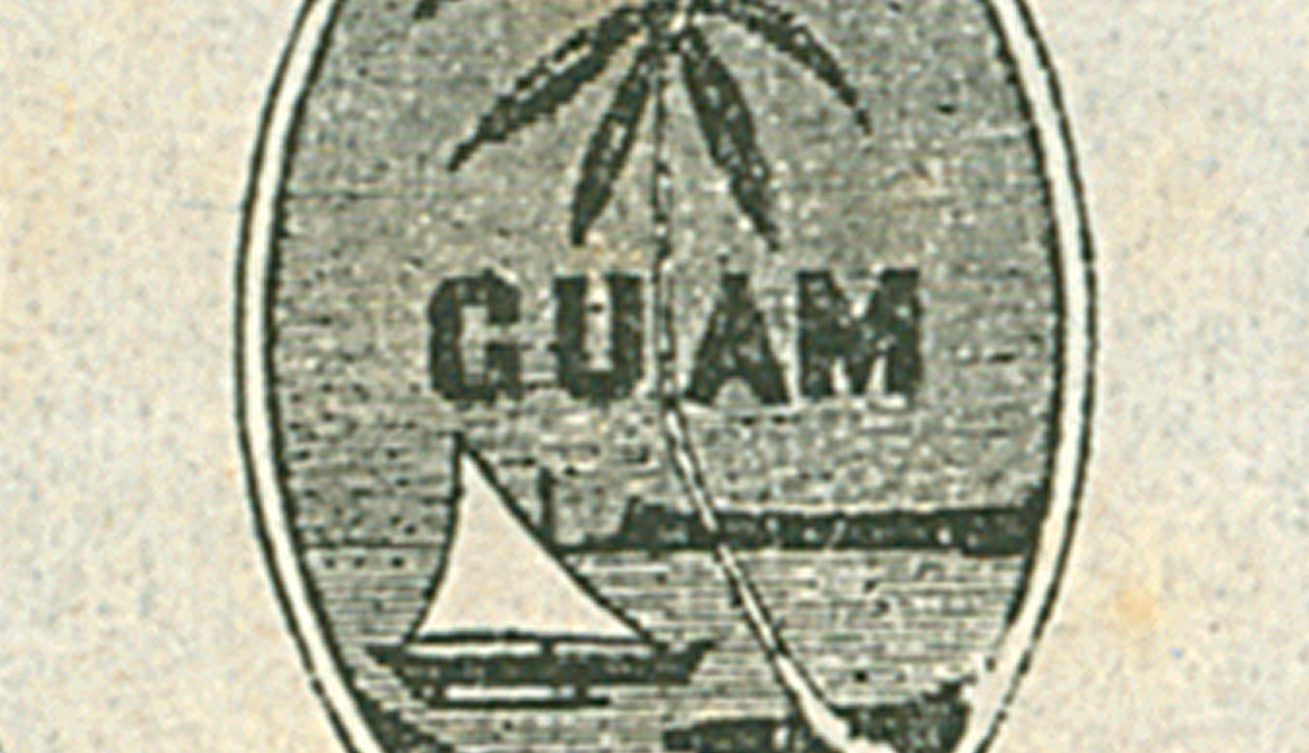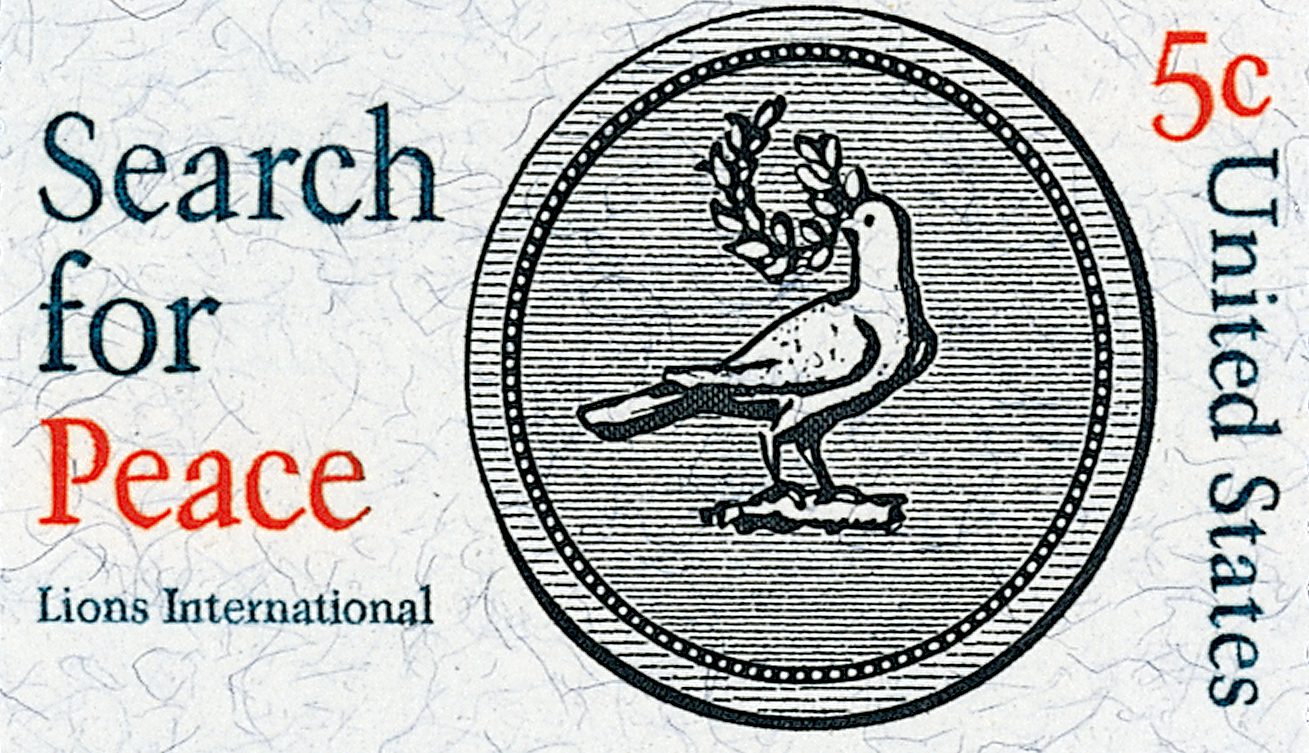World War II 50th Anniversary Stamps
On September 3, 1991, the USPS issued the first of five souvenir sheets (later classified as commemorative sheets) honoring the 50th anniversary of America’s entrance into World War II.

On September 3, 1991, the USPS issued the first of five souvenir sheets (later classified as commemorative sheets) honoring the 50th anniversary of America’s entrance into World War II.

On August 20, 1992, Computer Vended Postage stamps were first made available for sale in five test cities.

US #523, the 1918 $2 orange-red Franklin error stamp, was first used on or around August 19, 1918. However, it would be two years before the error was discovered.

On August 12, 1862, John Gault received a patent for a design to encase postage stamps to use as currency as coins were being hoarded during the Civil War.

On August 11, 1862, Wells Fargo inaugurated its Virginia City Pony Express, which carried mail between Nevada mining towns and California business centers.

On August 9, 2001, the USPS inaugurated the American Treasures Series with the issue of four stamps depicting Amish quilts. The series would span more than a decade and feature paintings, tapestries, glassware, and more.

On August 3, 1927, the US Post Office issued two stamps honoring significant events from the Revolutionary War in 1777.

On July 7, 1899, the US issued its first overprinted stamps for use in Guam. The stamps were rushed into use after the US acquired Guam from Spain following the Spanish-American War.

On July 5, 1967, the US Post Office issued a 5¢ stamp honoring the 50th anniversary of Lions International as well as a special contest hosted by the organization.